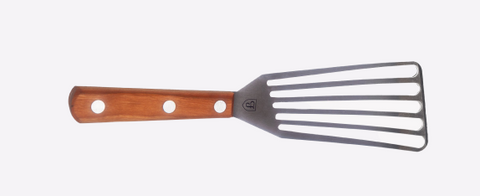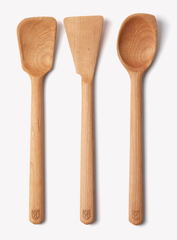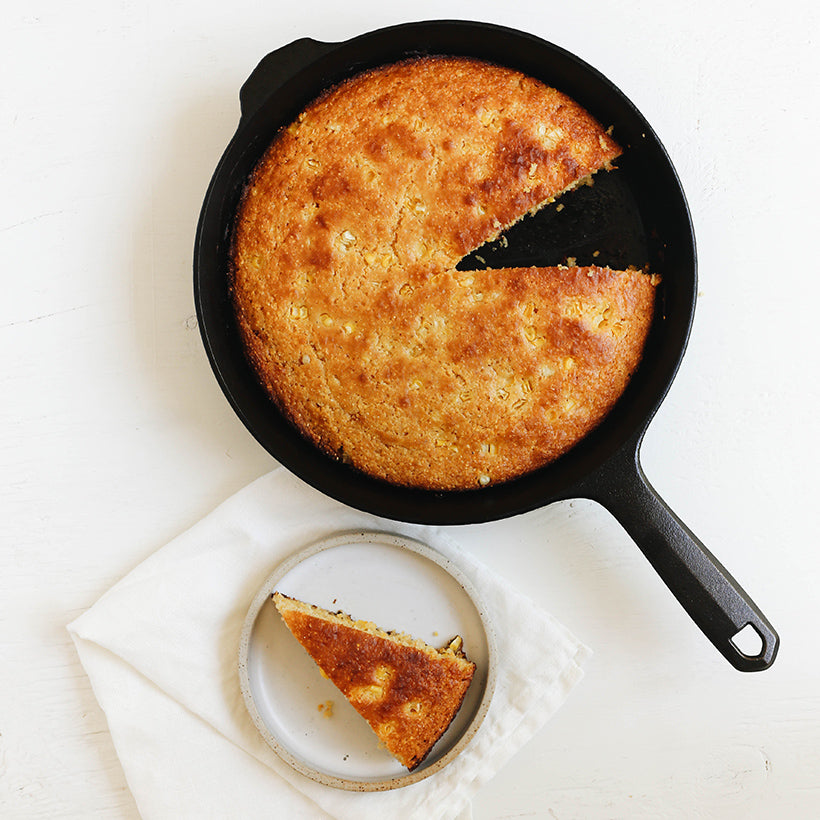The most important factor when choosing cooking utensils for cast iron is they must be able to withstand high temperatures. Wood, metal, and silicone are safe; plastic is not. At Field Company, we generally prefer using natural materials so we’re going to focus on wood and metal (stainless steel).
In this comprehensive guide, we'll explore when to reach for metal, when to opt for wood, and the specific benefits of Field Company's metal turners and wooden utensils. While personal preference and cooking style play a role in utensil selection, understanding the strengths of metal and wood can help you optimize your cooking experience.








